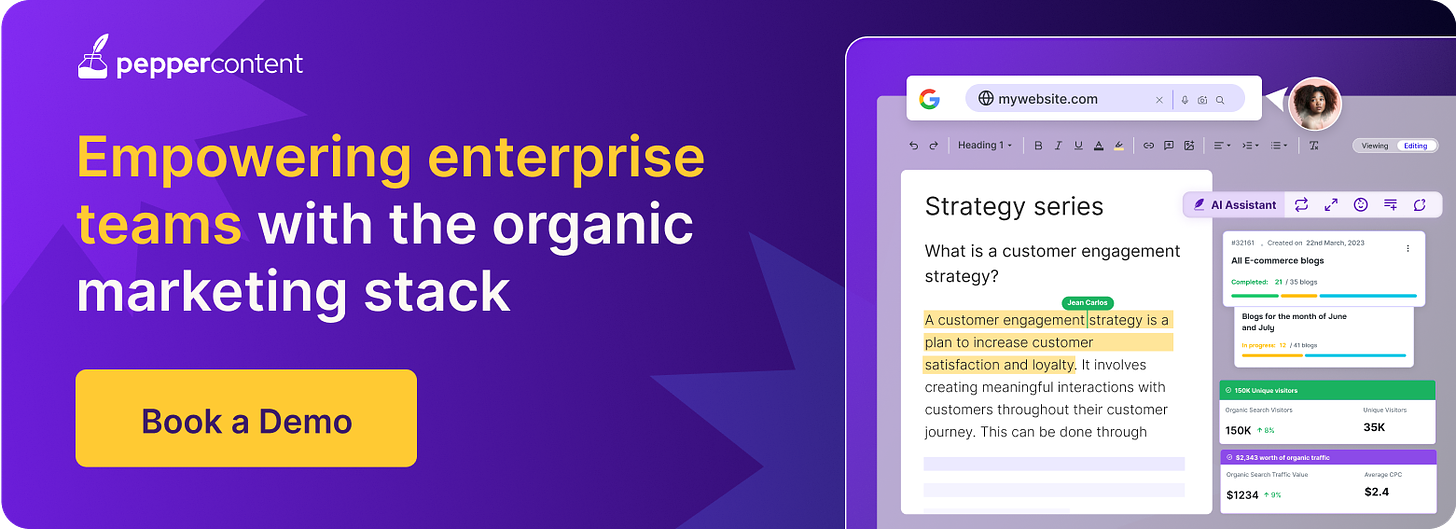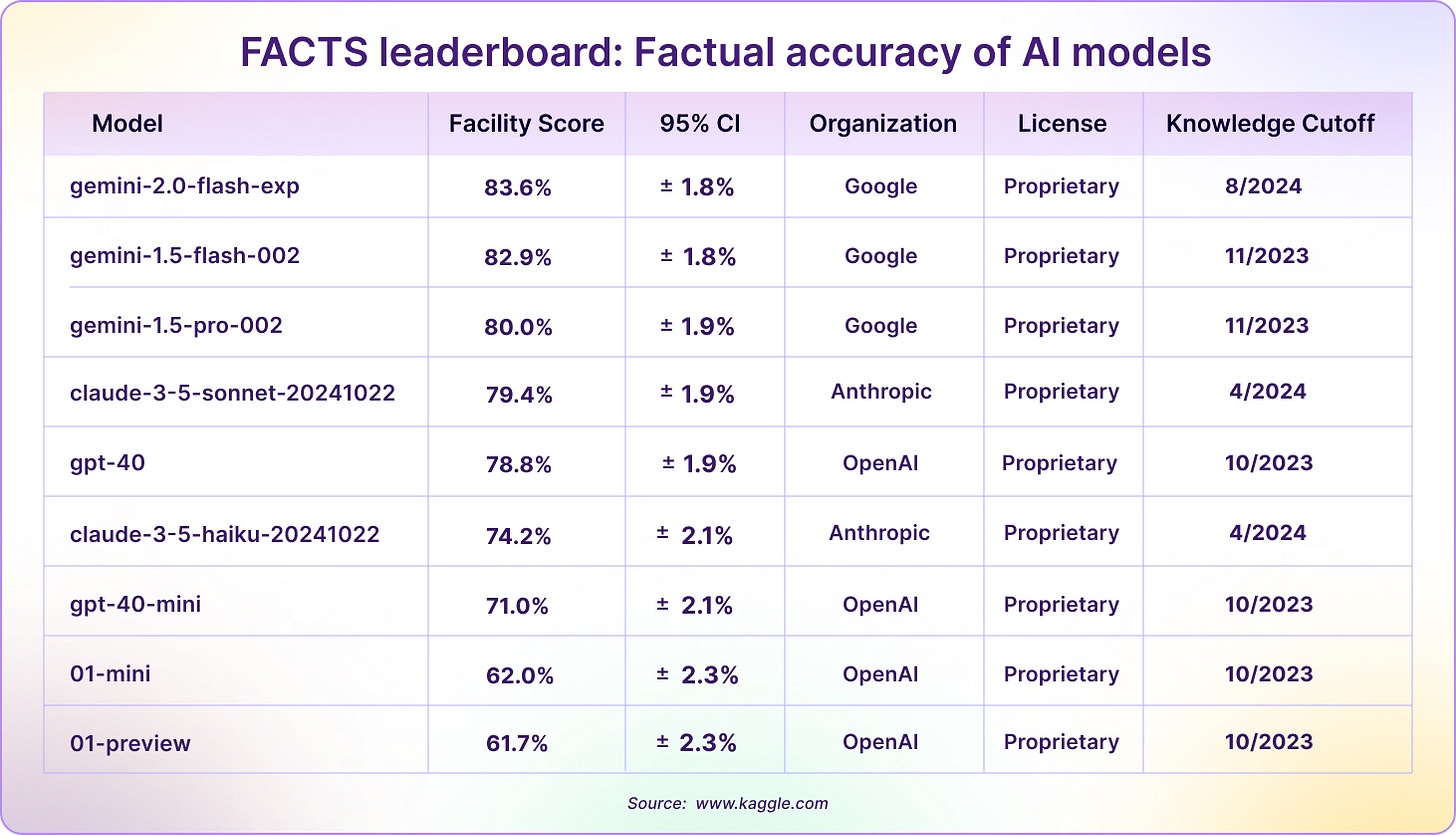Joe Lazer is the best-selling author of The Storytelling Edge, the fractional head of content & comms at A.Team, and a senior advisor at Pepper.
Remember how we talked about the future of marketing in the 2010s? We’d write reports with titles like “Content 2025: Through the Looking Glass Into Marketing’s Future.” 2025! Back then, it sounded so far off — I mean hell, that’s the year that the movie Her takes place.
Well, now we’re here. Technology has advanced in crazy sci-fi ways, although not the ones we projected. (RIP, Metaverse.) Marketing has fundamentally changed. But a lot of companies are still marketing like it’s 2015.
Last week in my Substack newsletter, The Storytelling Edge, I wrote about the New Rules of Content Marketing — a guide to success in the AI age. There are 21 rules in total, but here’s a teaser of some of the most important ones:
People want to follow people, not brands, and the algorithms know this. When was the last time you engaged with a post from a brand? When was the last time you even saw one, unless it was sponsored? The only effective way to reach people anymore is through internal and external influencers who have built trust with your target audience.
Every substantial piece of text content you create should also be a video. That content should be made by a savvy 23-year-old on their phone. In fact, that video-savvy 23-year-old is the most important person on your team. Hire them today. They’ll keep you from getting old. It’s like having a blood boy for your content brain.
The old SEO playbook is dead. For two decades, marketers have been obsessed with creating generic blog posts like “What is Content Marketing?” in hopes of driving cheap traffic that rarely converts. But now, 99.2% of informational searches return an AI Overview, which means that creating informational content is pointless — it won’t drive clicks.
No one wants to download your e-book. No piece of content is worth the price of being harassed by a desperate 22-year-old SDR terrified that their manager will replace them with AI if they don’t hit their inbound lead quota. You’re self-sabotaging by putting your best content behind a form.
Narrow your focus. People will tell you to “be everywhere on social!” but 99% of the time, the result is thin content littered around the web that makes your brand look like it was hijacked by the free version of ChatGPT. Unless you have a massive team, focus on being great at a few channels where your audience spends most of their time.
Automate the BS. Most marketing work is a soul-sucking time pit. Persona documents. Decks. Landing page copy. Email nurtures. List cleaning. Claude and ChatGPT can do most of that at a B+ level. Reinvest that time by telling great stories you can take pride in — and that your audiences actually want to hear.
You can read the rest of the rules here, and if you need help getting your 2025 marketing game in order, give Pepper a shout.
The AI Hype Matrix maps the latest AI news stories across an unimpeachable scale of Hype (everyone is talking about this!) and Fear (will this kill my career? Will this kill EVERYONE?). Here’s a rundown of recent events.
The 2025 AI hype cycle is off with a bang. We’ve got Sam Altman boasting that OpenAI knows how to build AGI and PhD-level "super agents" are imminent. Then, there’s Zuck 2.0 predicting AI will replace mid-level human engineers at Meta as soon as this year. We’re also seeing the floodgates for the AI influencer invasion fly wide open — just in case you needed another reason to spend less time on Instagram.
The policy landscape is equally dramatic. Trump's day-one AI agenda included scrapping Biden's AI safety guidelines and announcing a $500B AI project called Stargate. Meanwhile, OpenAI is laying out its “Economic Blueprint” for American AI dominance, calling for massive investment in AI infrastructure.
But the future isn't just about data centers — it's coming soon to a desktop near you. NVIDIA wants to put AI supercomputers in everyday users’ hands with Project Digits, a Mac Mini-sized powerhouse that can run 200-billion-parameter AI models and fits under your standing desk. This must be what they meant by “democratizing AI” — assuming you’ve got a cool $3K on hand.
New leaderboard tracks LLM accuracy
Ever wondered just how much you can trust your new BFFs Claude, Gemini, or ChatGPT when they advise you on your dissertation or tax returns? A new benchmark from Google DeepMind puts AI's accuracy to the test, measuring how well different models stick to the facts when analyzing long documents. While Google's latest Gemini models lead the pack, even the top-ranked models are wrong about 16-25% of the time — so maybe don’t fire your human accountant just yet.
How to play the long game with content
Lisa Banks Paranjpe, Chief Content Strategist at SaaSpirin, shared her 20+ years of content marketing wisdom with Pepper.
Here are a few of her top tips:
“Quality” and “length” aren’t interchangeable. A well-researched 700-word piece can outperform longer content. One example: Banks' team turned a concise landing page into a traffic powerhouse, driving 75,000 monthly visitors by targeting a trending topic.
Remote content teams really can work. With 90% of her career spent working remotely, Banks advocates for distributed teams, noting they offer more benefits and flexibility than traditional office setups — so long as processes are clearly defined.
Target difficult topics. Banks' "secret sauce" involves tackling complex subjects that others avoid. Instead of surface-level content, she recommends creating pieces that provide genuine "aha moments" for readers.
Start small, track smart. For new content programs, Banks recommends focusing on achievable metrics like publishing consistency before obsessing over traffic and leads.
Whip up artsy AI images on Whisk
Mood boards, meet machine learning. Whisk, Google's experimental new AI art generator, lets you create images by showing, not telling the model your vision. Just feed the AI your reference pics for subject, scene, and style, then watch as Whisk whips up a remix. It’s a great way to turn your vacation pics into vintage posters or your pets into cartoon characters — but keep in mind that like any artist, the tool might take some creative liberties.
Use AI as a Gen Z whisperer
Your mid product lowkey has zero rizz — but your TikTok is based frfr.
If Gen Z slang sounds like a foreign language to you, let AI act as a translator. (Trust us, it’s less time-consuming than falling down concurrent Urban Dictionary rabbit holes.)
This week's prompt helps you navigate this generation’s… distinct… communication style to create campaigns that actually resonate, no cap.
Suggested prompt text:
"You're a Gen Z culture expert. Review these 5 marketing messages and explain why each would or wouldn't resonate with Gen Z audiences. Then rewrite them to better align with Gen Z values and communication styles."















